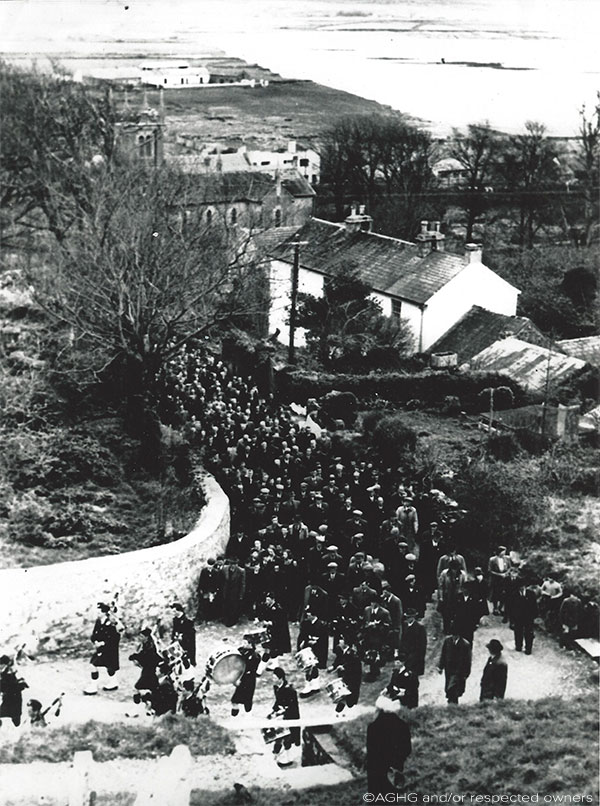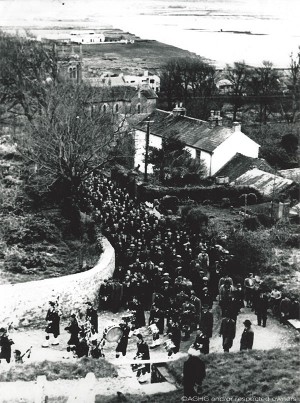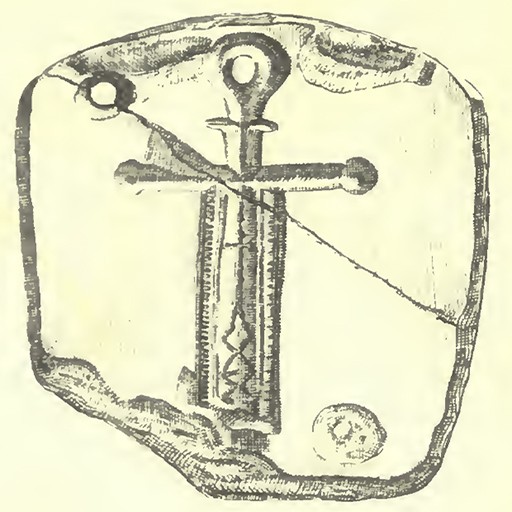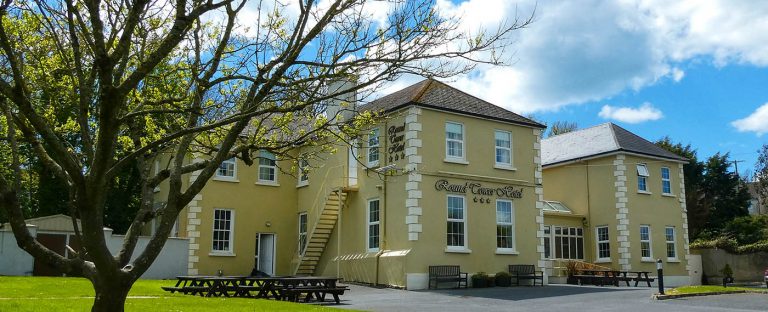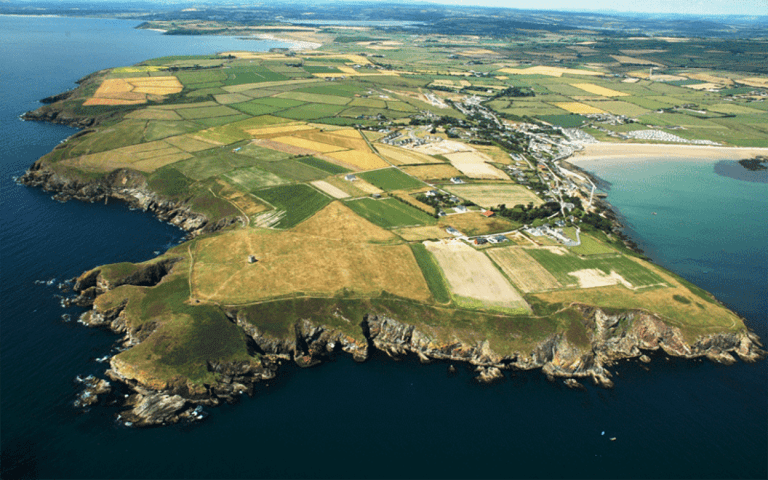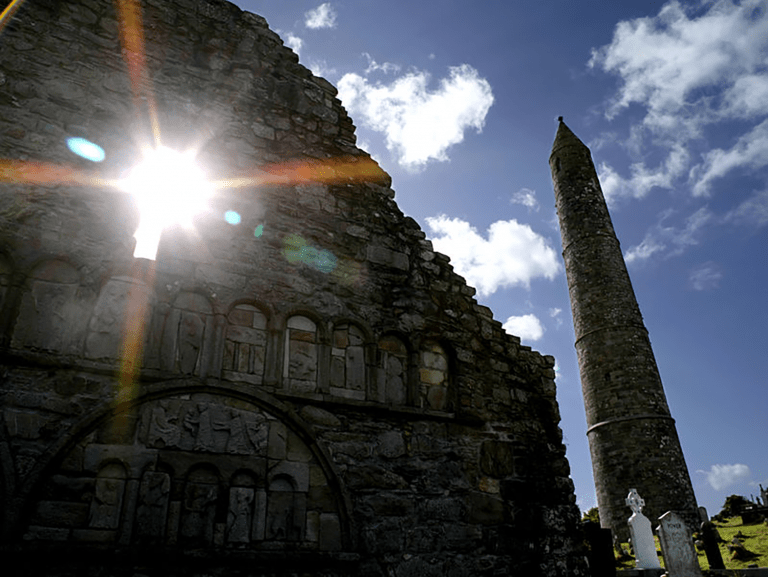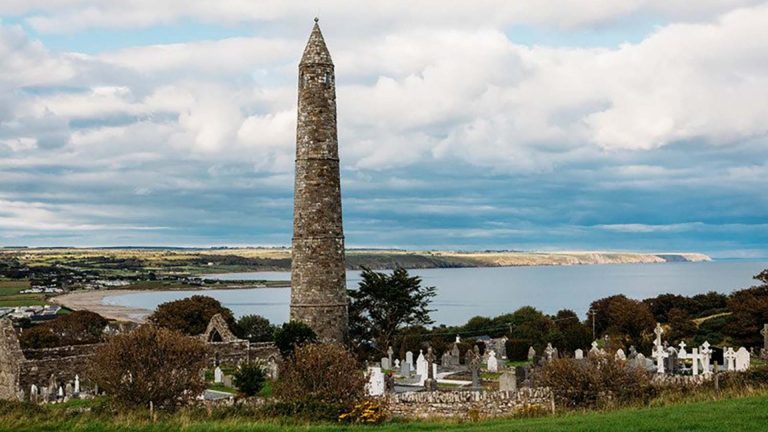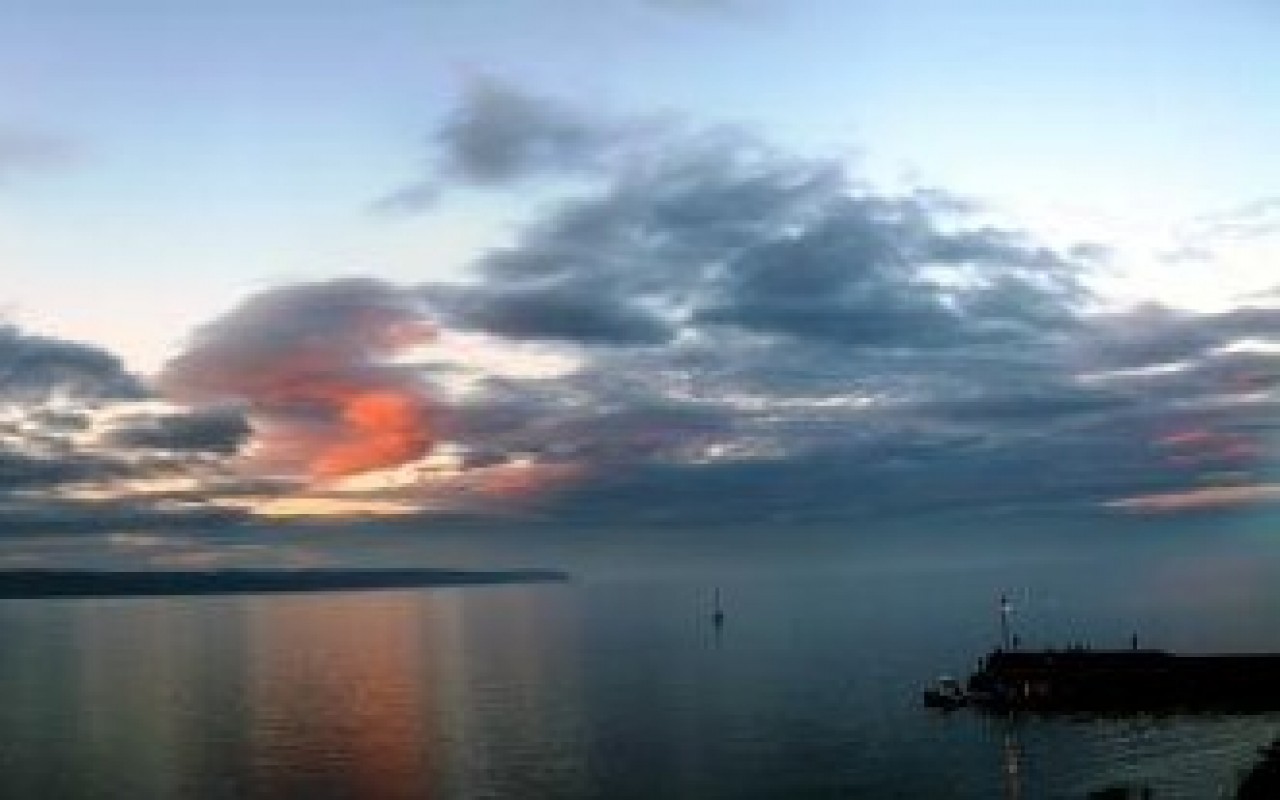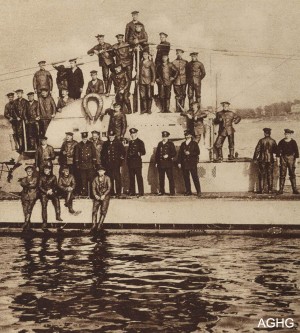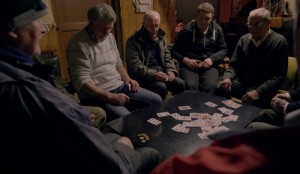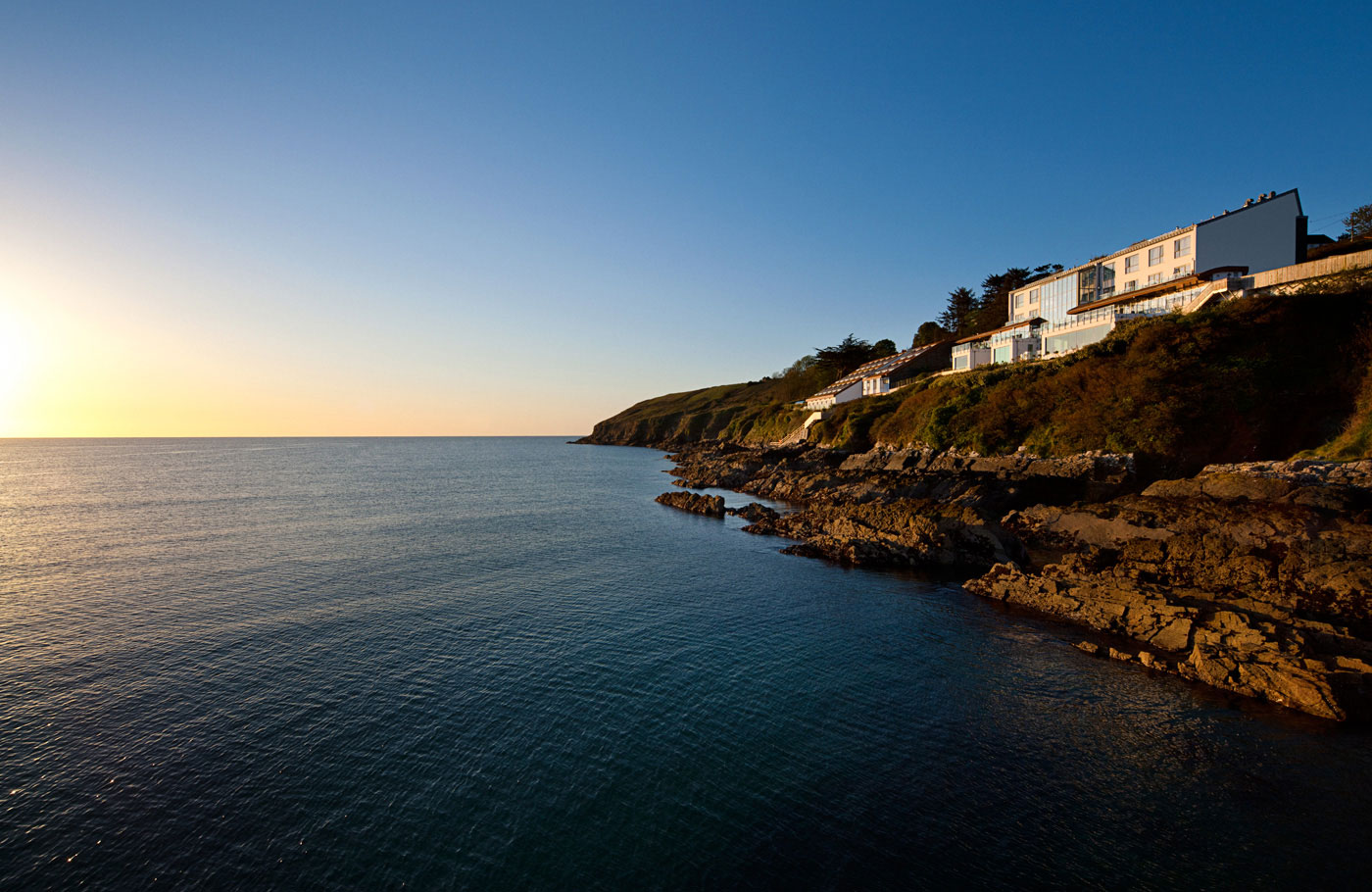Easter Week in 1916 marked a pivotal moment in Irish history as the Easter Rising unfolded in Dublin and beyond. While much of the focus was on the capital, the repercussions of this armed insurrection against British rule were felt throughout Ireland, including in the coastal village of Ardmore, County Waterford.
A Brief Overview of the Easter Rising
The Easter Rising began on April 24, 1916, when a coalition of Irish republicans, primarily organized by the Irish Republican Brotherhood, seized key locations in Dublin to proclaim an independent Irish Republic. A desire for self-determination fueled the rebellion while Britain was preoccupied with World War I. Although the uprising lasted only six days and ended in defeat, it significantly shifted public opinion towards supporting Irish independence.
Local Mobilization and Response
In Ardmore and surrounding areas, preparations for potential involvement in the Rising were underway. Local Volunteers were mobilized as they received orders to be ready for action. Reports indicate that many men in Ardmore were prepared to support the rising, reflecting a growing sense of nationalism and desire for change within the community.
However, like many regions outside Dublin, Ardmore’s participation was limited. The countermanding order issued by Eoin MacNeill on Easter Saturday dampened the mobilization efforts across Ireland, including West Waterford. Many local Volunteers found themselves uncertain about their role in the unfolding events.
The Aftermath in Ardmore
As news of the Rising spread, Ardmore residents experienced a mix of anxiety and anticipation. The immediate aftermath saw heightened military presence in towns across Waterford. Reports indicated that troops were stationed strategically, including local post offices and customs houses, as authorities sought to maintain control and prevent local uprisings.
In Ardmore, community members closely followed developments through word of mouth and newspapers. Local activists like Seán Matthews recorded their observations during this tumultuous time. Matthews noted that military guards were placed around key locations to prevent potential unrest.
Reflections on Change
The execution of the Rising’s leaders—such as Patrick Pearse and James Connolly—in the weeks following the uprising sparked outrage and sympathy across Ireland. These events transformed public sentiment toward republican ideals and intensified calls for independence. In Ardmore, as in many other communities, conversations shifted from uncertainty to a growing commitment to the cause.
The legacy of Easter 1916 resonated deeply within Ardmore as it did throughout Ireland. It ignited a new wave of activism that would culminate in further efforts toward achieving independence over the following years.
Conclusion
Easter 1916 was not just an event confined to Dublin; its echoes reached every corner of Ireland, including Ardmore. The village’s response—marked by preparation, trepidation, and eventual solidarity with the ideals of independence—illustrates how interconnected communities were during this transformative period.
As we reflect on this significant chapter in Irish history, let us remember the bravery of those who fought and how events like these shaped local identities and fostered a spirit of resilience among communities like Ardmore. Today, you can explore this rich heritage through local historical sites and engage with stories that continue to inspire generations seeking freedom and self-determination.
Citations:
[1] https://en.wikipedia.org/wiki/Easter_Rising
[2] https://www.waterfordmuseum.ie/exhibit/web/Display/article/316/4/The_Struggle_For_Freedom_In_West_Waterford_The_1916_Rising_In_West_Waterford.html
[3] https://guides.slv.vic.gov.au/rising1916/therising
[4] https://www.rte.ie/centuryireland/articles/the-diary-of-rosamund-jacob-witness-to-the-aftermath-of-the-rising
[5] https://www.britannica.com/event/Easter-Rising
[6] https://www.waterfordmuseum.ie/exhibit/web/Display/article/335/1/Rebellion_in_Wartime_Ireland__Easter_1916_Rebellion_in_Wartime_Ireland__Easter_1916.html
[7] https://www.museum.ie/en-IE/collections-research/art-and-industry-collections/art-industry-collections-list/military-history/irish-soldiers-at-home,-abroad,-and-in-the-21st-ce/soldiering-in-the-20th-21st-centuries/the-easter-rising
[8] https://waterford1916to1923.com/grants/
[9] https://www.rte.ie/centuryireland/articles/what-was-the-easter-rising
Easter 1916 – Ardmore Waterford – No Comment Required
One hundred years on, we appropriately remember all those involved in Easter 1916.
